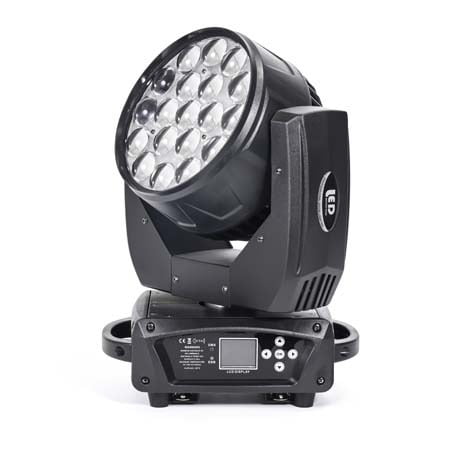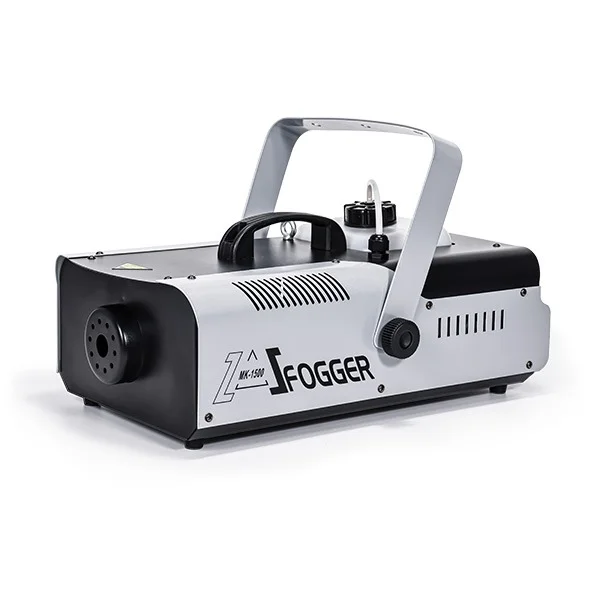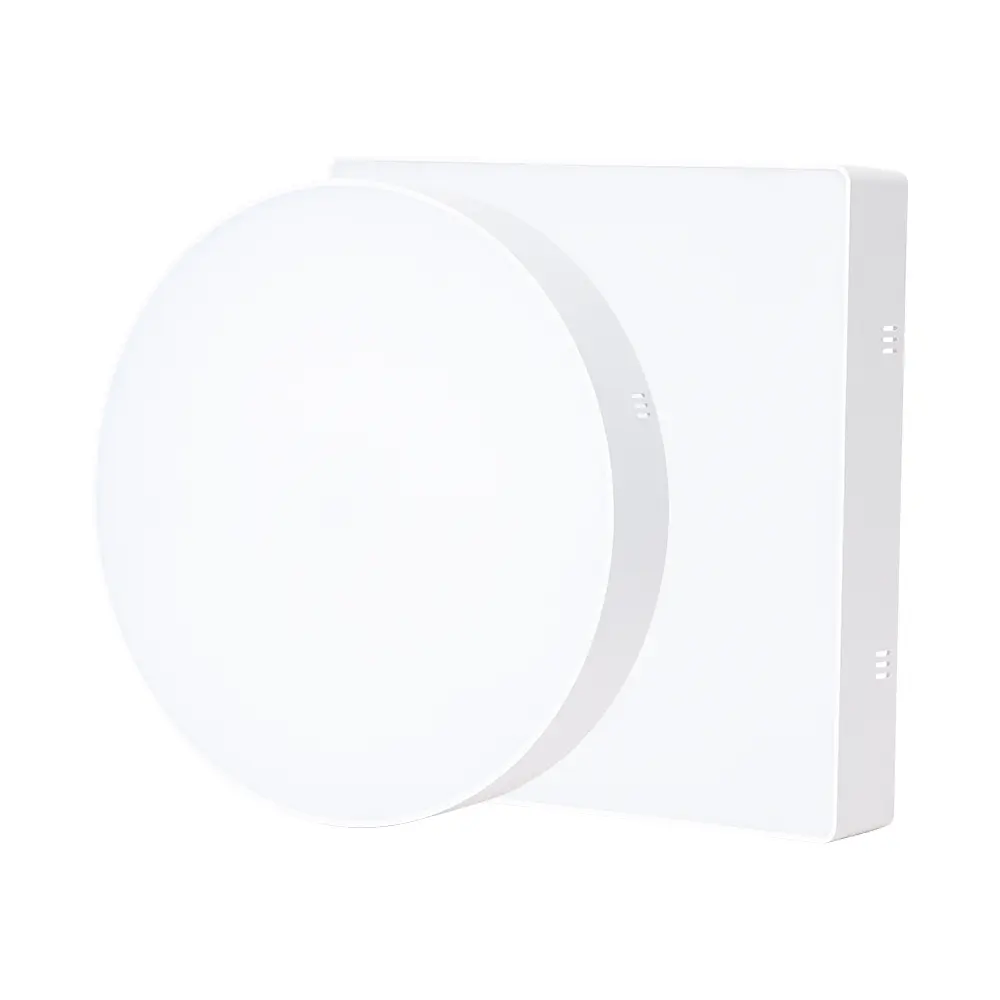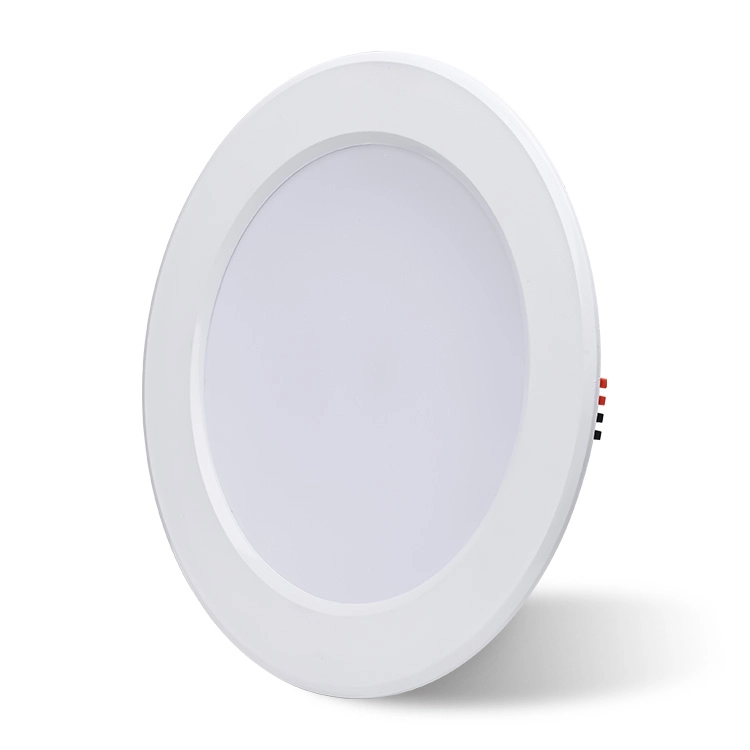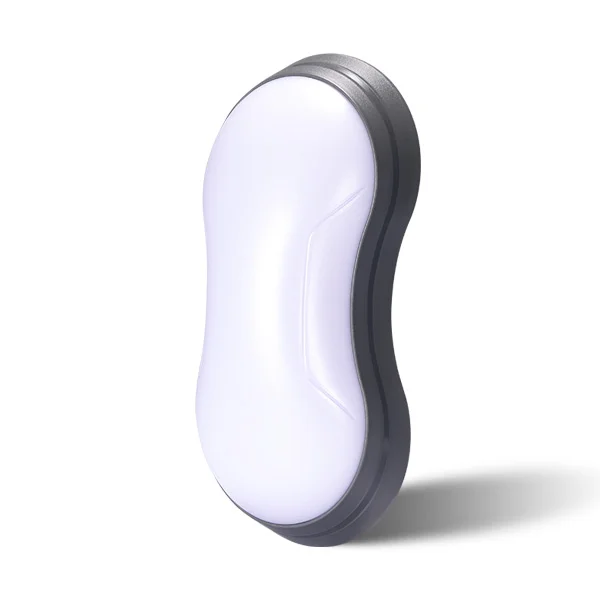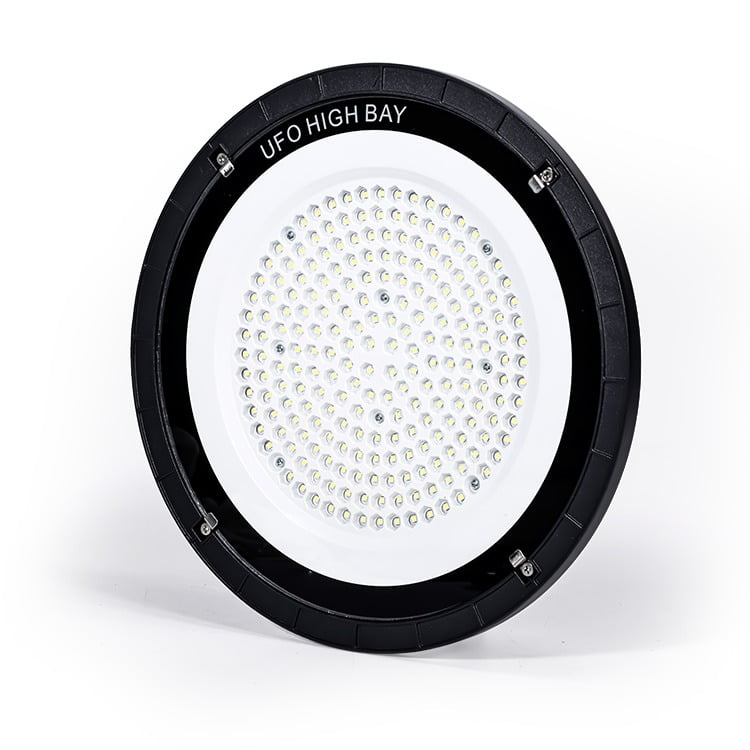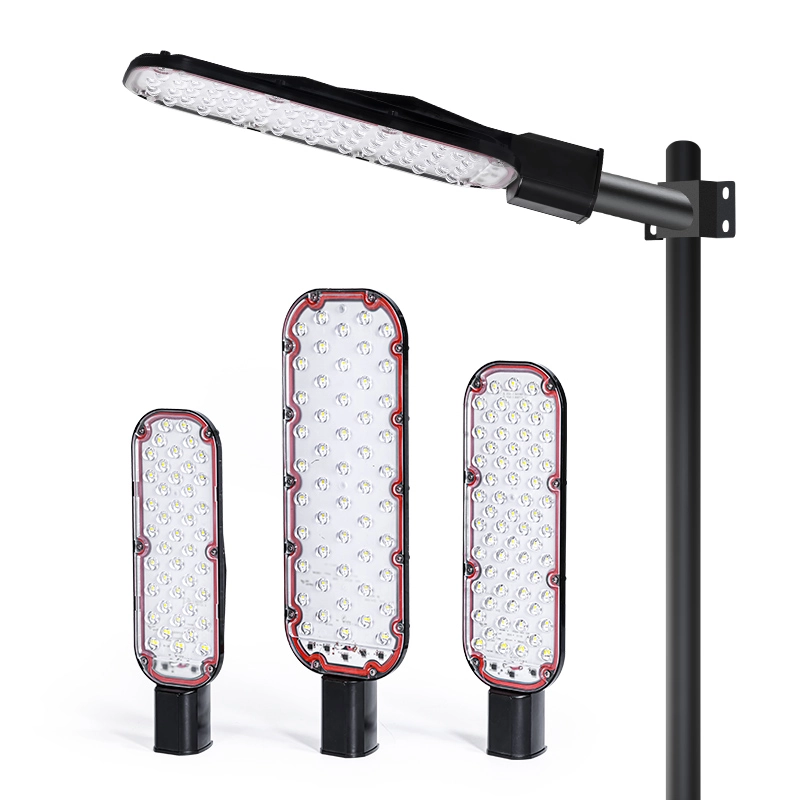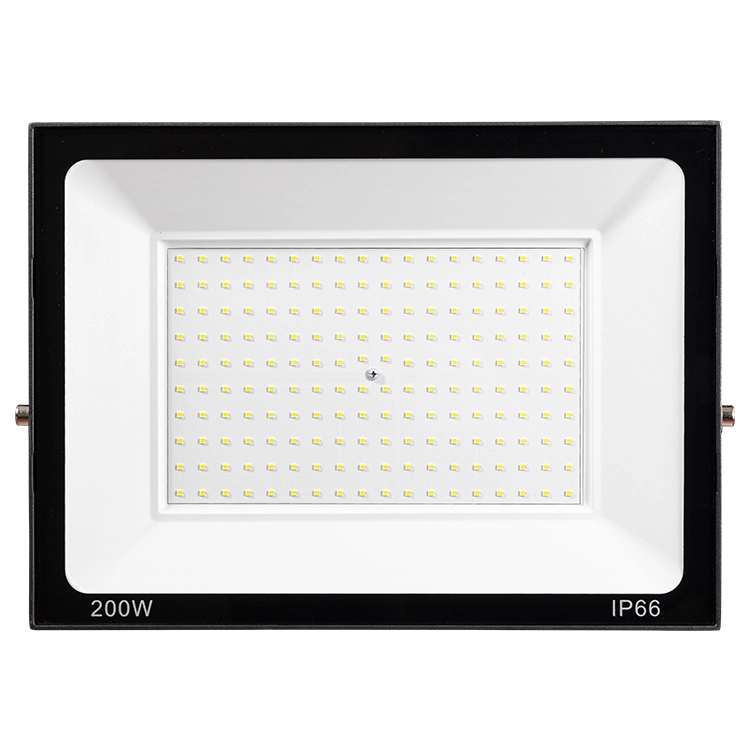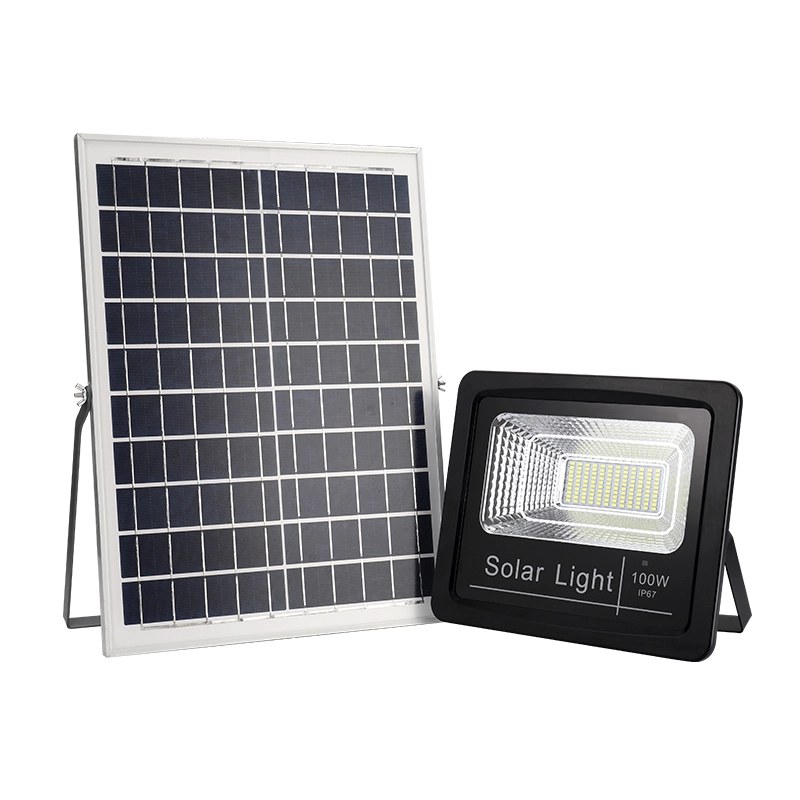Lighting a stage goes far beyond simply making it bright. Proper stage lighting blends visibility, mood creation, rhythm control, and visual focus. Whether for concerts, theater, worship, or corporate events, smart lighting choices shape the entire audience experience.
This guide breaks down the best ways to light a stage based on different event types, recommended fixture combinations, and real-world strategies.
Why Good Stage Lighting Matters
Visibility: Ensures performers are clearly seen from all audience angles.
Focus: Directs viewer attention to key areas, actions, or emotions.
Atmosphere: Sets mood and enhances the narrative through color and movement.
Spatial Texture: Adds depth and dimension to the performance space.
Good lighting tells part of the story without saying a word.
Core Lighting Positions Explained
| Lighting Position | Purpose |
|---|---|
| Front Light | Main visibility for faces and gestures |
| Side Light | Shape definition, body sculpting |
| Back Light | Separation from background, dramatic mood |
| Top Light | Pools of isolation, dramatic overhead effects |
| Floor/Uplights | Dynamic stage angles, accent textures |
Each position plays a unique role. Effective stage design combines these elements for layered, dynamic lighting.
Different Stage Scenarios and Lighting Approaches
Concerts & Music Festivals

Goal: Create energy, rhythm, and spectacle.
Primary Fixtures:
Beam Lights: Deliver sharp, dynamic aerial beams synced to music.
Wash Lights: Paint stage and audience with vibrant color fields.
Spotlights: Highlight lead singers, guitar solos, or key performers.
Strobes/Lasers: Accentuate beats and explosive moments.
Concerts thrive on powerful movement and layered looks.
Theatrical Performances

Goal: Support narrative, isolate characters, and control emotional tone.
Primary Fixtures:
Profile Spotlights: Focus tightly on actors, speech scenes, or key props.
Fresnel Wash Lights: Smooth background lighting with soft transitions.
Gobo Projectors: Add texture, environment simulation, or mood effects.
In theater, lighting shapes the story’s emotional architecture.
Worship and Church Stages

Goal: Enhance worship experience, guide visual transitions.
Primary Fixtures:
Soft Wash Lights: Create warm, inviting atmospheres.
Beam Lights: Mark spiritual moments with subtle vertical movement.
Profile Spots: Focus on speakers or worship leaders.
Subtlety and warmth matter most in worship environments.
Corporate Events & Conferences

Goal: Ensure clarity, branding, and sleek visual professionalism.
Primary Fixtures:
Spotlights: Illuminate presenters, hosts, and keynote speakers.
Floodlights or Soft Washes: Fill the stage evenly without harshness.
Beam Lights: Add excitement during branding reveals or entry sequences.
Corporate lighting must balance function with flair.
Choosing the Right Stage Lighting Fixtures
Beam Light
Beam lights create narrow, highly concentrated shafts of light, perfect for mid-air effects, dynamic movement, and rhythmic stage energy. They are essential for concerts, DJ sets, and dramatic aerial visuals.
Spot Light

Spotlights are designed to tightly focus on performers, speakers, or props, creating clear visibility and emotional emphasis. They are critical for theater, conferences, and worship settings where focus matters.
Wash Light

Wash lights produce a wide, even spread of color across the stage or backdrop. They are used to set atmosphere, define scenic zones, and connect lighting layers with smooth color transitions.
Fresnel Light

Fresnel lights offer soft-edged, adjustable beams that simulate natural daylight effects. Commonly used in theater and broadcast, they provide gentle front or side illumination without harsh shadows.
Floodlight
Floodlights deliver broad, high-output lighting to cover large background areas, scenic elements, or cycloramas. They help establish context, fill in dead zones, and create scenic separation.
Effect Lights (Gobos, Lasers, Strobes)
Special effect lights enhance the energy and dynamism of a stage show. Gobos project textures and patterns; lasers slice through space with intensity; strobes punctuate musical beats or climactic moments.
How to Plan an Effective Stage Lighting Setup
Step-by-Step Lighting Design:
Define Event Type: Concert? Theater? Worship? Conference?
Map Key Visual Points: Stages, speakers, set pieces.
Allocate Primary Lighting Zones: Front, side, back, overhead.
Select Fixtures by Function: Visibility first, effects second.
Layer Atmosphere Effects: Add color, haze, and motion elements.
Program Cues and Transitions: Align lighting changes with music, dialogue, or scenes.
Planning saves time—and elevates final results.
Common Stage Lighting Mistakes to Avoid
Flat Lighting: Failing to create depth, making performers blend into the background.
Overusing a Single Fixture Type: A stage flooded only with beams or washes becomes visually boring.
Ignoring Haze/Atmosphere: Beam lights need haze to become visible and effective.
Poor Cue Timing: Misaligned lighting changes break the flow of storytelling or musical performance.
Overlighting: Too much light washes out emotion and kills contrast.
Great lighting design is dynamic, not overwhelming.
FAQ
How many lights do I need for a 10m x 6m stage?
Typically 6–12 fixtures, depending on the desired depth and complexity.
Can I light a whole stage using only moving heads?
Yes, but you’ll need a balanced mix of beam, spot, and wash moving heads for full coverage.
What’s the best basic lighting setup for a small concert?
A combination of 2 spotlights (front), 2 beam lights (effect), and 2 wash lights (background) is ideal.
How important is haze for beam lighting?
Crucial. Without haze, the shaft of a beam light remains invisible, losing 90% of the intended visual effect.
Final Thoughts
The best way to light a stage blends technical precision with artistic storytelling.
It’s about creating visibility, depth, emotion, and flow that transform performances from ordinary to unforgettable.
Need expert advice on designing your stage lighting plan? Contact us today for tailored solutions.


